An Electric Scooter Battery stores and delivers the energy needed for all the scooter’s electronics, including the motor and lights. Battery performance shapes how far a scooter travels and how reliable each ride feels. High-quality batteries maintain steady power output, which helps users avoid unexpected stops and keeps commutes smooth. With proper care and regular maintenance, a battery can last for years, lowering replacement costs and supporting consistent performance. Many riders prefer lithium-ion batteries because they hold up well through hundreds of charge cycles and offer a longer lifespan than older battery types.
Key Takeaways
-
Lithium-ion batteries offer longer life, lighter weight, and better performance than lead-acid types, making them the best choice for most electric scooters.
-
Proper battery care, like avoiding overcharging and storing at half charge in a cool place, helps extend battery life and keeps rides reliable.
-
Swappable and extended battery packs can increase range and reduce downtime but may add weight and cost more upfront.
-
Watch for signs of battery wear such as reduced range, longer charging times, or swelling, and replace the battery promptly to stay safe.
-
Always use the correct battery type and charger for your scooter to ensure safety, performance, and longer battery life.
Electric Scooter Battery Types

Lithium-Ion
Lithium-ion batteries power most modern electric scooters. These batteries offer high energy density, which means they store more energy in a smaller, lighter package. Riders notice longer range and easier handling because lithium-ion batteries weigh less than older types. They also last much longer, often providing over 4,000 charge cycles and up to 10 years of use. Maintenance needs stay low, and charging happens quickly. Lithium-ion batteries also have fewer toxic chemicals, making them more environmentally friendly.
Tip: Lithium-ion batteries cost more at first, but their long lifespan and better performance make them a smart investment for most users.
|
Attribute |
Lithium-Ion Battery |
Lead-Acid Battery |
|---|---|---|
|
Energy Density |
High |
Low |
|
Weight and Size |
Lighter and more compact |
Large and bulky |
Lead-Acid and AGM
Lead-acid batteries, including the AGM (Absorbent Glass Mat) type, still appear in some electric scooters. These batteries cost less up front, which attracts budget buyers. However, they weigh much more and take up more space. Lead-acid batteries usually last 2-5 years, while AGM batteries last 1-2 years or 500-800 cycles. AGM batteries need less maintenance than regular lead-acid types, but both require regular charging. They also contain toxic chemicals, which makes disposal harder.
|
Battery Type |
Common Use Cases in Electric Scooters |
Key Characteristics and Advantages |
Limitations and Considerations |
|---|---|---|---|
|
Lithium-ion |
Widely used in mobility scooters and electric scooters |
Lightweight, high energy density, longer lifespan (over 10 years), faster charging, environmentally friendly |
Higher initial cost, but better long-term value and performance |
|
Lead-acid |
Still used mainly due to lower initial cost |
Lower initial cost, proven lifespan 2-5 years |
Heavier, shorter lifespan, slower charging (6-12 hours), requires maintenance, memory effect |
|
AGM (sealed lead-acid) |
Common in wheelchairs and scooters, being replaced by lithium-ion |
Sealed, less maintenance than conventional lead-acid, but still needs regular charging |
Shorter lifespan (500-800 cycles), heavier, environmental concerns |
Swappable and Extended Packs
Some electric scooters use swappable or extended battery packs. Swappable batteries let riders quickly replace a low battery with a charged one, reducing downtime. This feature helps shared scooter fleets stay available and supports longer trips. Extended packs add extra range, serving as backup power.
Advantages of swappable and extended packs:
-
Riders can carry spare batteries to double their range.
-
Charging can happen outside the scooter, making it easier for people who live in apartments.
-
Removing the battery can help prevent theft.
Disadvantages:
-
Swappable batteries add weight, making scooters harder to carry.
-
Frequent swapping may wear out connectors faster.
-
Upfront costs are higher, and not all scooters support this feature.
Note: Using only batteries designed for a specific Electric Scooter Battery system keeps rides safe and reliable.
Swappable battery systems also help scooter companies manage fleets better. They keep more scooters on the road by reducing charging time and making maintenance easier.
How Batteries Work
Powering the Scooter
An electric scooter uses its battery as the main energy source. The battery stores electrical energy and sends it to the motor, which moves the scooter forward. The same battery also powers the lights, display screen, and horn. When a rider presses the throttle, the battery releases energy to the motor. The control unit manages how much power goes to each part. This process allows the scooter to start, speed up, and slow down smoothly.
The battery also supports features like regenerative braking. When the rider slows down, the scooter can turn some of that motion back into stored energy. This helps extend the range and makes each ride more efficient.
Key Components
Every Electric Scooter Battery contains several important parts that work together to deliver safe and reliable power.
-
Battery Cells: Most scooters use lithium-ion or lithium manganese cells. These cells store energy and release it when needed. Lithium-ion cells offer high energy in a small, light package. Lithium manganese cells provide good safety and steady power.
-
Battery Management System (BMS): The BMS acts as the battery’s brain. It checks the temperature, voltage, and current of each cell. The BMS balances the charge across all cells, which helps the battery last longer. It also protects the battery from overheating or overcharging.
-
Thermal Management: Sensors and cooling parts keep the battery at a safe temperature. This prevents damage and keeps the scooter running well.
-
Communication System: The battery shares information with the scooter’s control unit and charger. This ensures smooth operation and safe charging.
A well-designed battery system keeps the scooter safe and efficient. Riders get steady power for every trip, and the battery lasts longer with proper care.
Battery Life
Range per Charge
The range per charge tells riders how far an electric scooter can travel before the battery needs recharging. This distance depends on the battery’s voltage, capacity, and overall energy stored. Most modern scooters use lithium-ion batteries, which offer longer ranges and lighter weight.
|
Scooter Model |
Battery Voltage (V) |
Battery Capacity (Ah) |
Calculated Watt-hours (Wh) |
Typical Range per Charge (km / miles) |
|---|---|---|---|---|
|
Unagi Model One (E500) |
33.6 |
9.0 |
302.4 |
Up to 19.31 km (12 miles) |
|
Unagi Voyager |
36 |
10 |
360 |
Up to 40.23 km (25 miles) |
Scooters with higher battery capacity can travel farther on a single charge. For example, long-range models often cover more than 30 miles (50 km), which helps reduce range anxiety. Battery capacity measures how much energy the Electric Scooter Battery can store and supply to the motor. Larger batteries allow for longer rides but also add weight and increase charging time. Some scooters offer swappable batteries, so riders can quickly replace a depleted battery and keep moving.
Tip: Battery type, motor power, tire size, rider weight, and riding conditions all affect the actual range. Riding uphill, carrying heavy loads, or using high speeds will reduce the distance per charge.
Lifespan Factors
The lifespan of an Electric Scooter Battery depends on several important factors. Most lithium-ion batteries last between 500 and 1000 full charge cycles, which usually means 2 to 4 years of regular use. After reaching this number of cycles, the battery’s capacity drops to about 70-80% of its original value.
Key factors that affect battery lifespan include:
-
Charge cycles: Each full charge and discharge counts as one cycle. More cycles mean more wear.
-
Usage and maintenance: Heavy use, rough terrain, and poor care can shorten battery life.
-
Environmental conditions: Extreme heat or cold reduces battery capacity and durability. Cold weather slows chemical reactions, leading to lower range and power. High temperatures can cause faster aging.
-
Battery quality: High-quality batteries last longer and perform better.
-
Charging habits: Avoiding full depletion and overcharging helps extend battery life.
-
Riding style: Aggressive riding, rapid acceleration, and frequent braking increase battery wear.
-
Proper storage: Storing the battery at about 50% charge in a cool, dry place helps preserve its health.
Owners should watch for signs of battery aging, such as reduced range or slow charging. These signs mean the battery may need replacement soon.
Maintenance Tips
Good maintenance practices help extend the life and safety of an Electric Scooter Battery. Riders can follow these tips to get the most out of their battery:
-
Avoid overcharging. Disconnect the charger once the battery is full to prevent overheating or fire risks.
-
Prevent deep discharges. Keep the battery charge above 20% whenever possible.
-
Store the battery at around 50% charge if not using the scooter for a long time. Maintain storage temperatures between 20°C and 25°C (68°F to 77°F).
-
Clean the battery regularly with a soft, damp cloth to remove dirt and help with heat dissipation.
-
Secure battery connections to avoid power loss and efficiency problems.
-
Protect the battery from extreme temperatures, both hot and cold.
-
Handle the battery carefully. Avoid dropping or shaking it, and never try to open or repair it unless qualified.
-
Use only certified and compatible chargers and batteries.
-
Plan efficient routes, ride at steady speeds, and use eco mode to save battery power.
-
Maintain correct tire pressure to reduce rolling resistance and improve efficiency.
-
Avoid overnight charging and use slow charging when possible.
A common mistake is leaving the scooter outside or unused for long periods. Owners should store the scooter indoors or under a cover and disconnect the battery during extended breaks. Using a trickle charger can also help maintain battery health.
By following these steps, riders can maximize the value and lifespan of their Electric Scooter Battery, ensuring safe and reliable rides every day.
Replacement and Troubleshooting
When to Replace
Many riders notice when their scooter does not travel as far as before. This is often the first sign that the battery needs attention. Other signs include longer charging times, quick battery drain, or the scooter not charging fully. Physical changes like swelling, leaking, or a burnt smell also signal a problem.
-
Reduced travel range on a single charge
-
Longer charging times or failure to fully charge
-
Faster battery drain during short rides
-
Swelling, leakage, or burnt smell from the battery
To check if an Electric Scooter Battery is failing, users can follow these steps:
-
Charge the battery fully for 6 to 8 hours.
-
Secure the scooter so it cannot move.
-
Use a digital multimeter to measure the battery voltage at the terminals with the scooter off. The voltage should be slightly higher than the rated value.
-
Turn the scooter on and press the throttle. Measure the voltage again. If it drops more than 1-2 volts or falls below the rated voltage, the battery may need replacement.
-
Inspect for swelling or damage.
If the scooter only works when the charger is plugged in or the wheel is in the air, the battery may not hold a charge.
⚠️ Always handle damaged batteries with care. Swollen or leaking batteries can be dangerous and should be replaced right away.
Cost and Options
The cost to replace a battery depends on the scooter model and battery type. Most replacement batteries cost between $150 and $300. Basic models use less expensive batteries, while high-capacity or premium batteries cost more. Quality batteries last longer and include better protection systems. Riders can buy replacement batteries from online stores or battery centers. Many sellers offer a 12-month warranty. Some brands, like VIDA, offer extended warranties up to five years.
|
Source |
Battery Types Available |
Warranty Details |
|---|---|---|
|
BatterySharks.com |
SLA, Lithium, others |
12-month warranty |
|
Interstate All Battery Center |
SLA, AGM, Gel |
12-month free replacement |
|
VIDA |
Lithium |
Up to 5 years (Battery+ plan) |
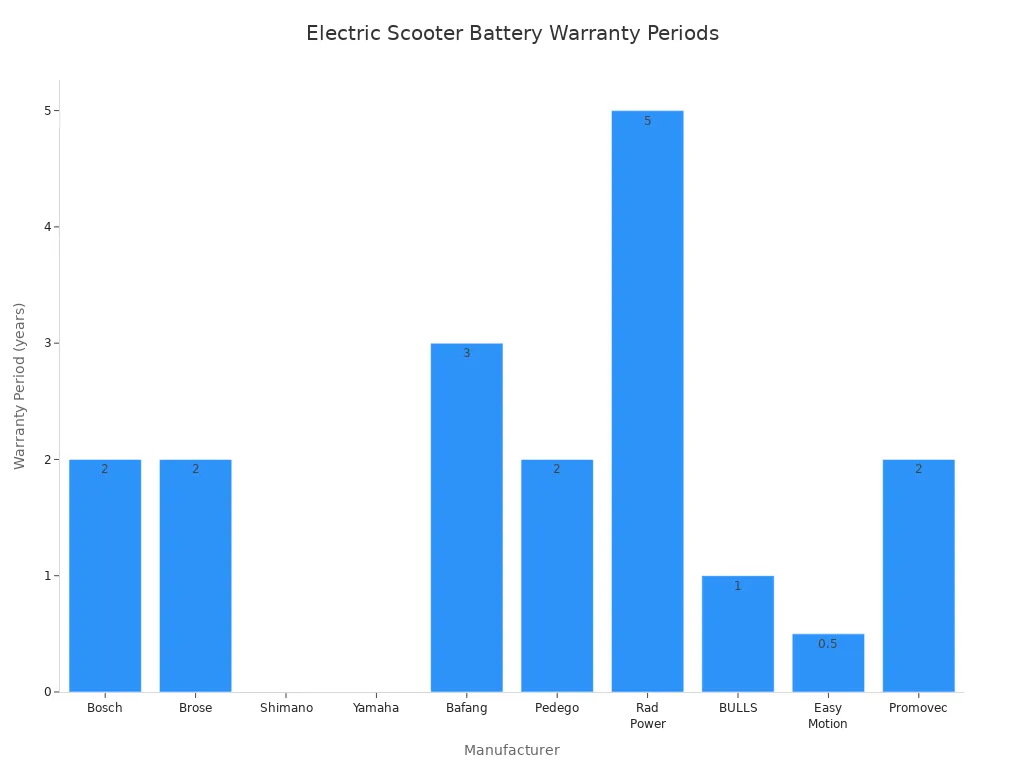
Compatibility and Repair
Choosing the right replacement battery means checking several things:
-
Match the battery type, such as lithium-ion, for best results.
-
Make sure voltage and current ratings fit the scooter’s motor and controller.
-
Check the size and weight to fit the scooter’s design.
-
Confirm the battery management system works with the scooter.
-
Buy from trusted sellers or authorized dealers.
Some batteries can be repaired by replacing individual cells. This process saves money and helps the environment. However, only trained technicians should repair batteries, as mistakes can cause safety risks. Professional servicing uses special tools and ensures safe, reliable repairs.
Understanding how an Electric Scooter Battery works helps riders stay safe and get the best performance. Good habits make a big difference:
-
Charge the battery regularly but avoid overcharging or deep discharges.
-
Store the scooter in a cool, dry place and keep battery terminals clean.
-
Use the original charger and replace the battery when needed.
These steps extend battery life, prevent breakdowns, and keep every ride smooth.
FAQ
How long does an electric scooter battery last?
Most lithium-ion batteries last 2 to 4 years with regular use. Riders may notice a drop in range after 500 to 1000 charge cycles. Good care helps batteries last longer.
Can riders upgrade to a bigger battery for more range?
Some scooters allow battery upgrades. Riders must check compatibility with the scooter’s voltage, size, and connectors. Using the wrong battery can damage the scooter or reduce safety.
What should riders do if the battery gets wet?
Remove the battery if possible. Dry it with a clean cloth. Do not charge or use the battery until it is completely dry. Water can cause short circuits or damage.
How can riders safely dispose of old scooter batteries?
Take old batteries to a certified recycling center or battery store. Never throw batteries in the trash. Recycling protects the environment and prevents harmful chemicals from leaking.









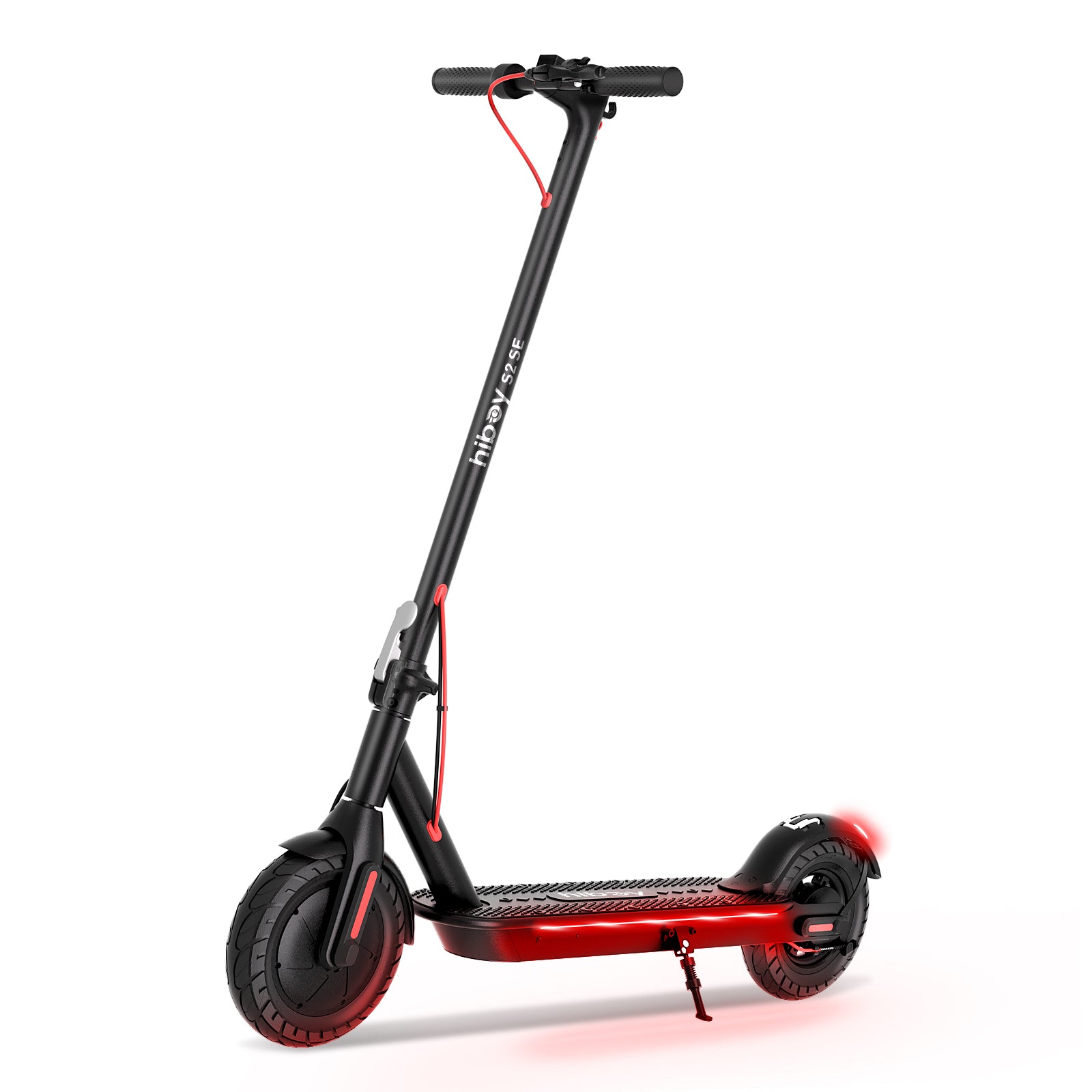
 S2 SE
S2 SE
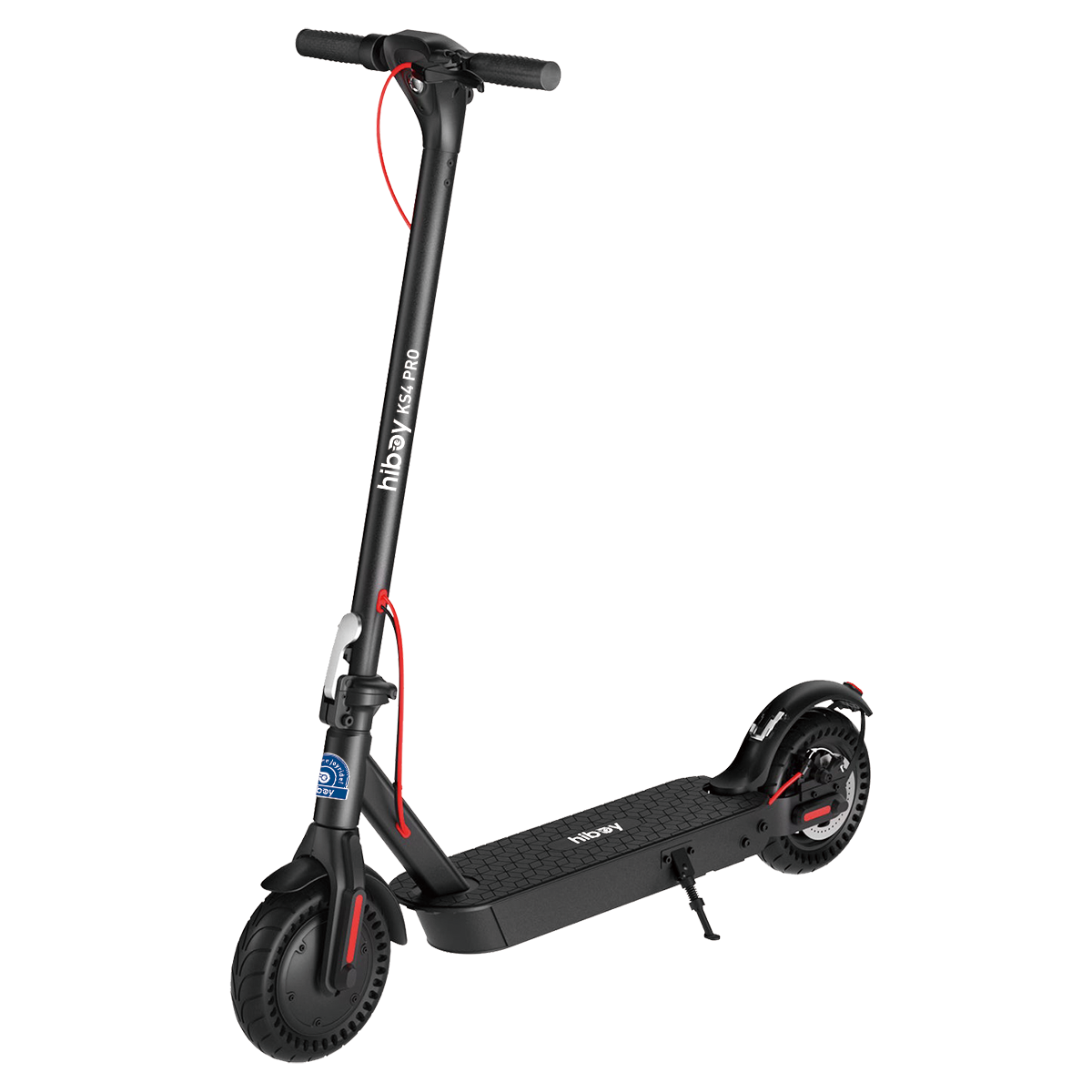 KS4 Pro
KS4 Pro
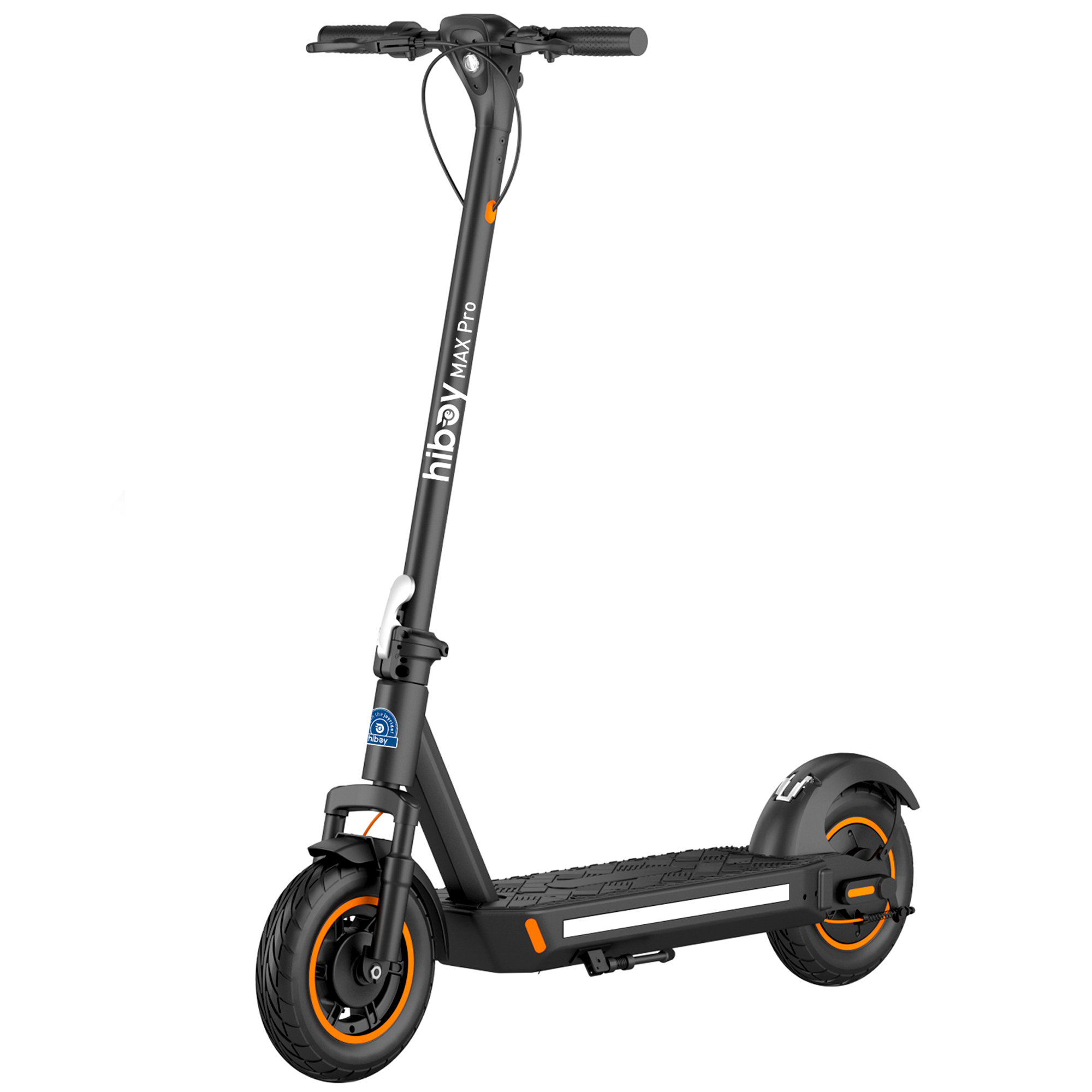 MAX Pro
MAX Pro
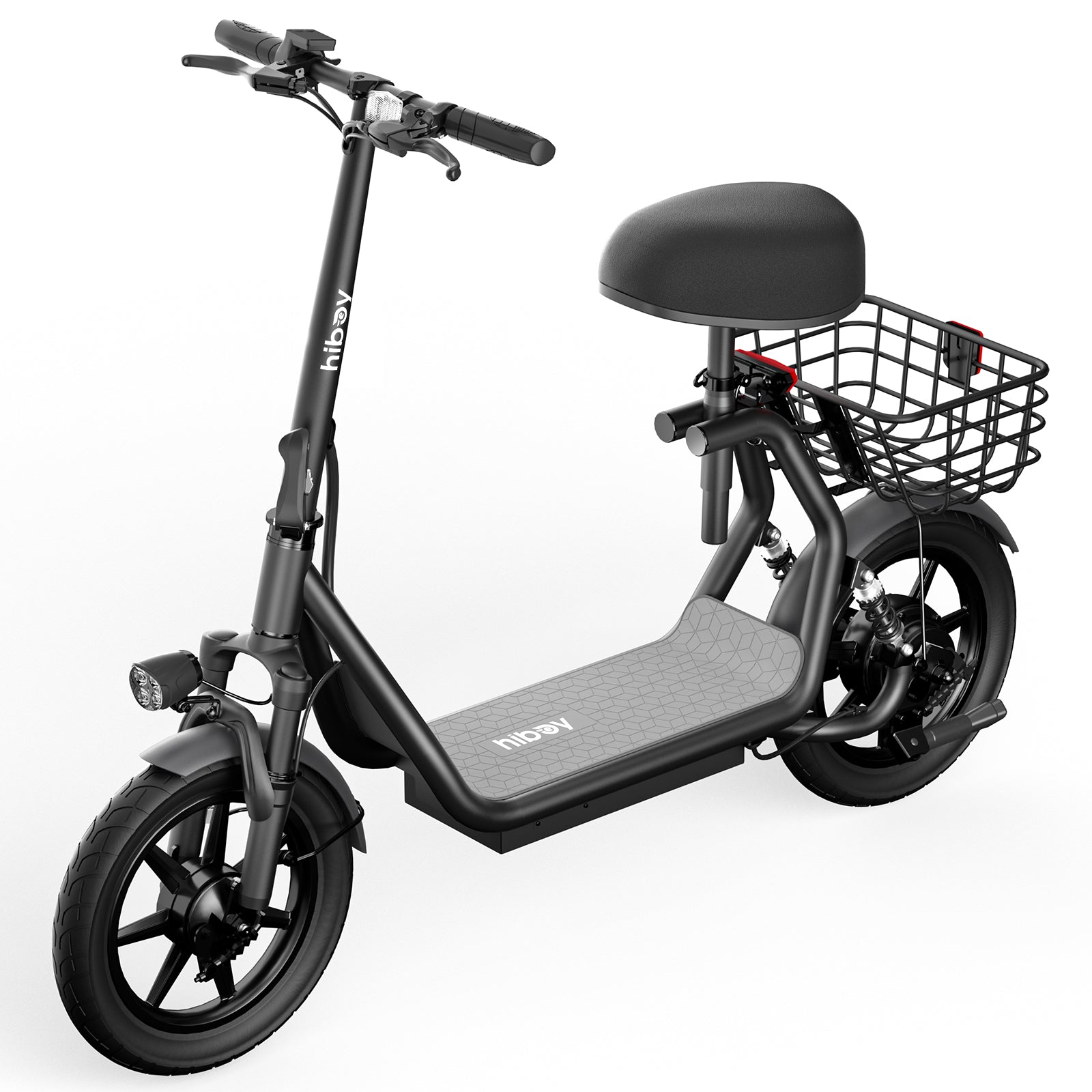
 Q2
Q2
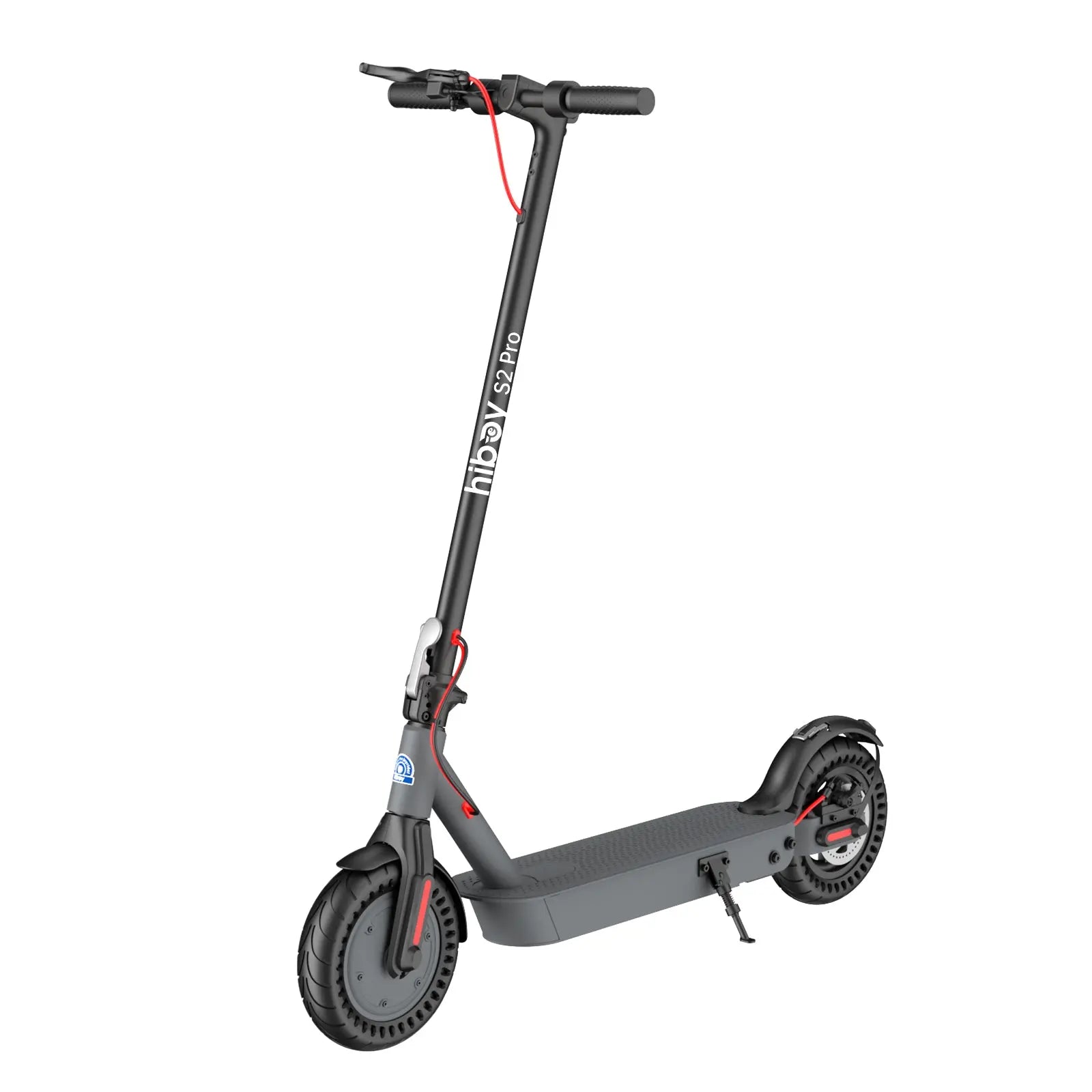 S2 Pro
S2 Pro
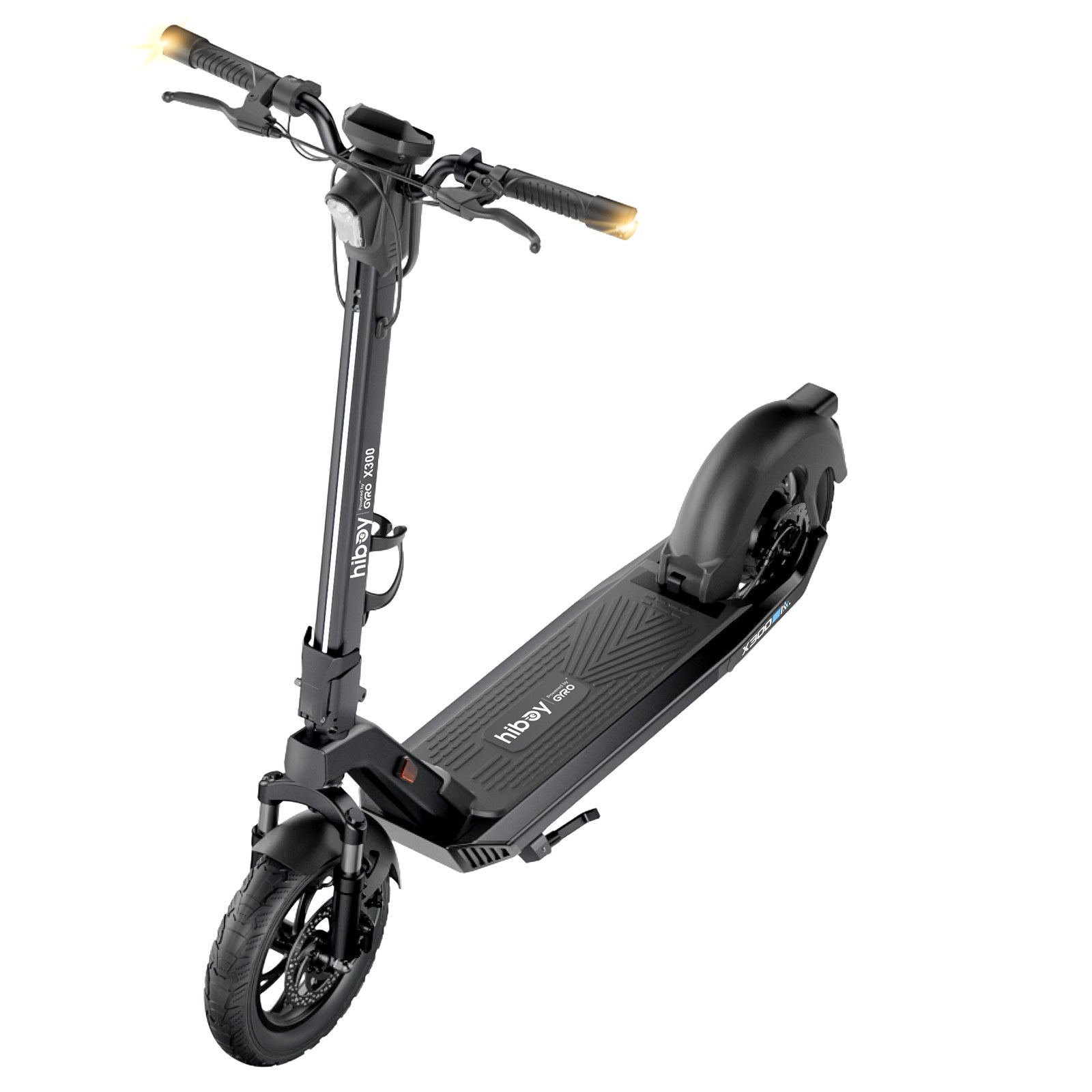 X300
X300
 Light-Weight & Portable
Light-Weight & Portable
 Long Range
Long Range
 For Heavy Riders
For Heavy Riders
 Big Wheel
Big Wheel
 With Seat
With Seat
 Fast
Fast



 EX6
EX6
 P6
P6
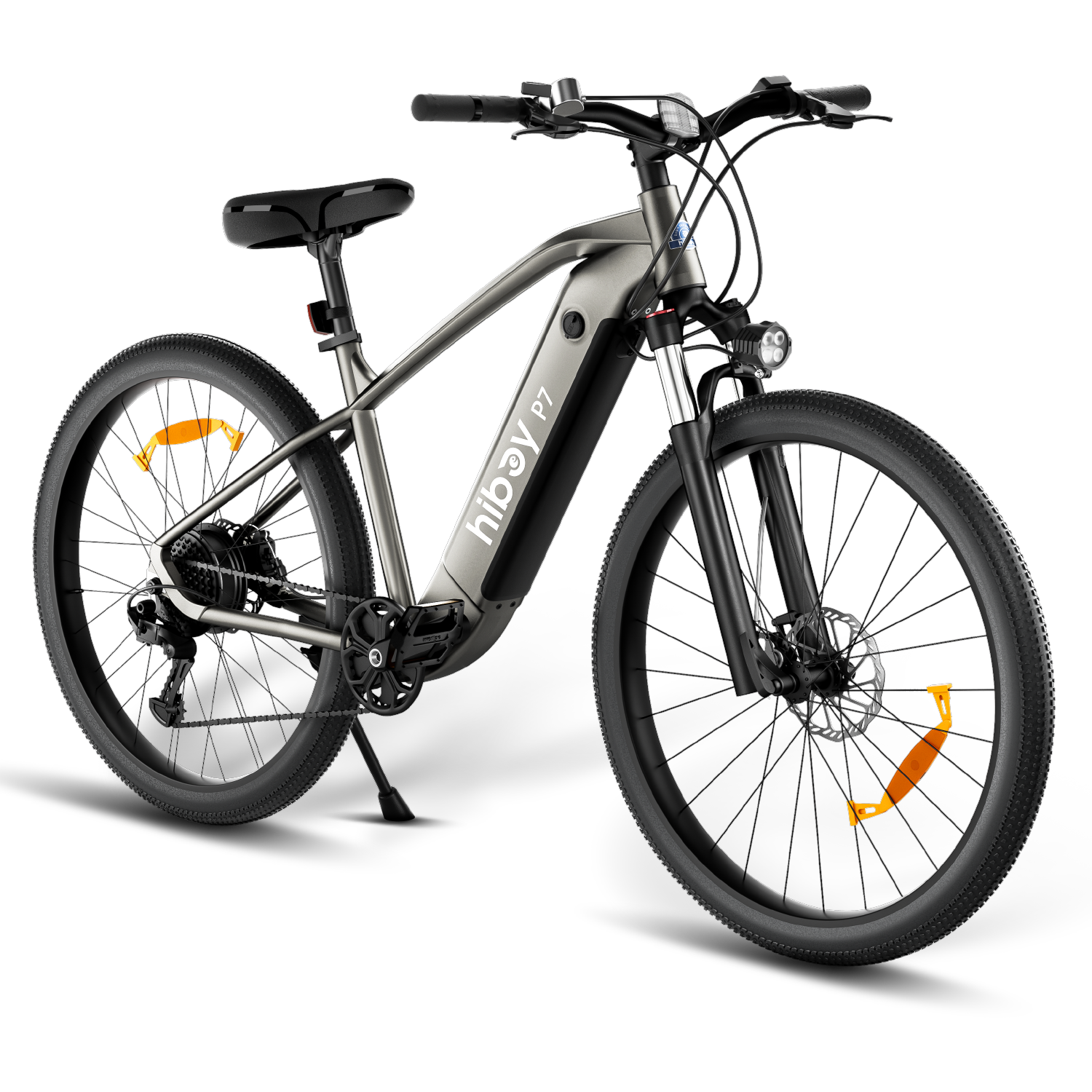 P7
P7
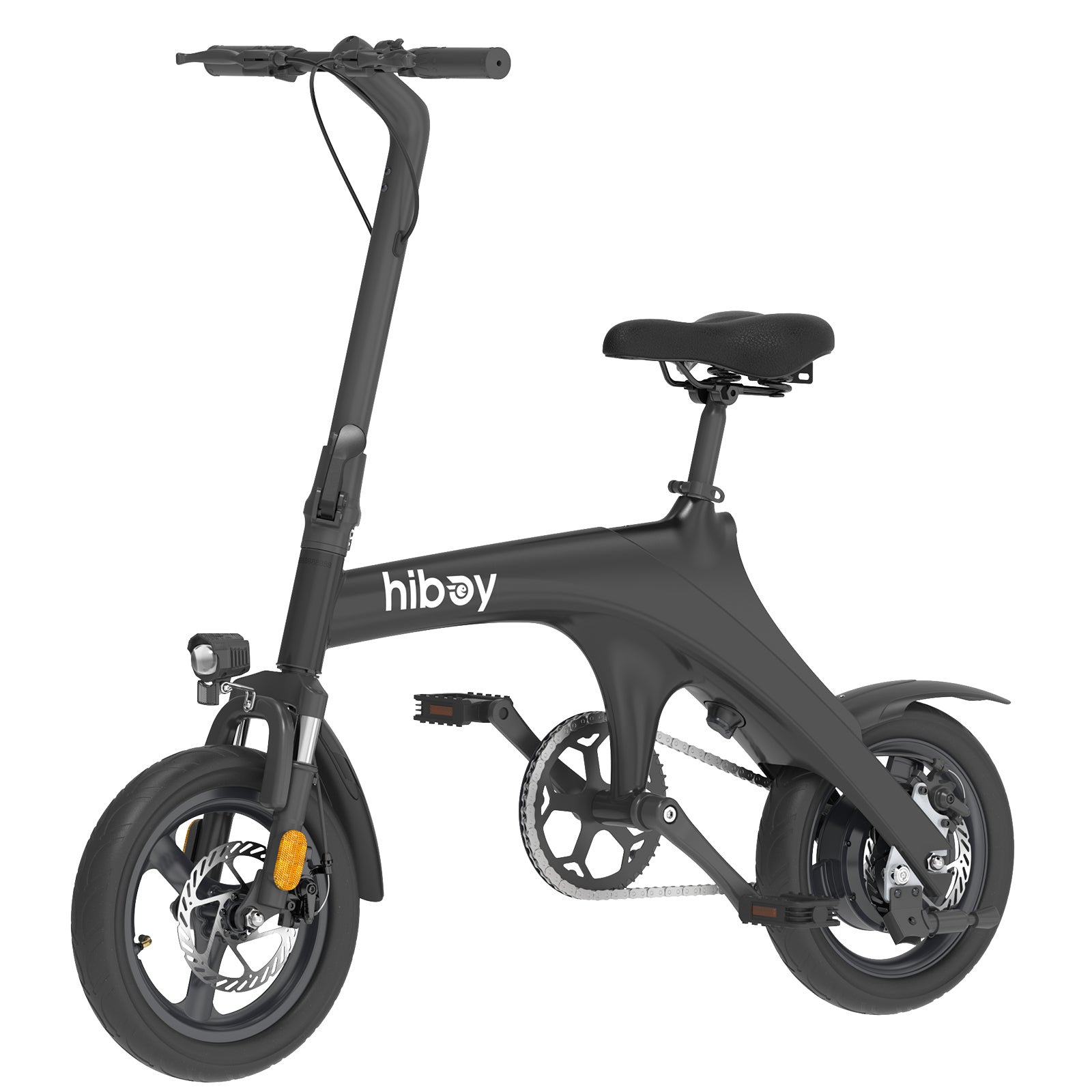 C1
C1

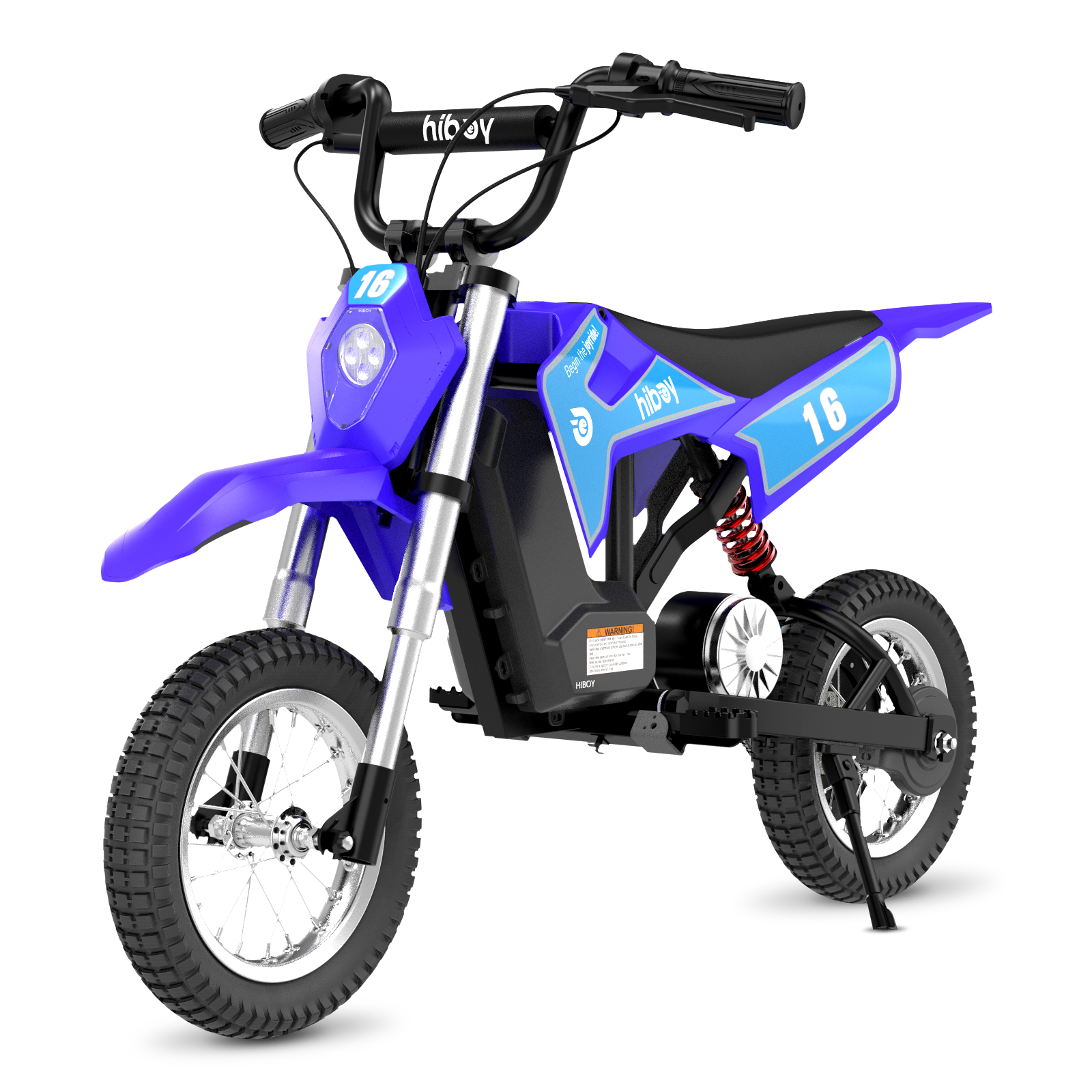 DK1
DK1
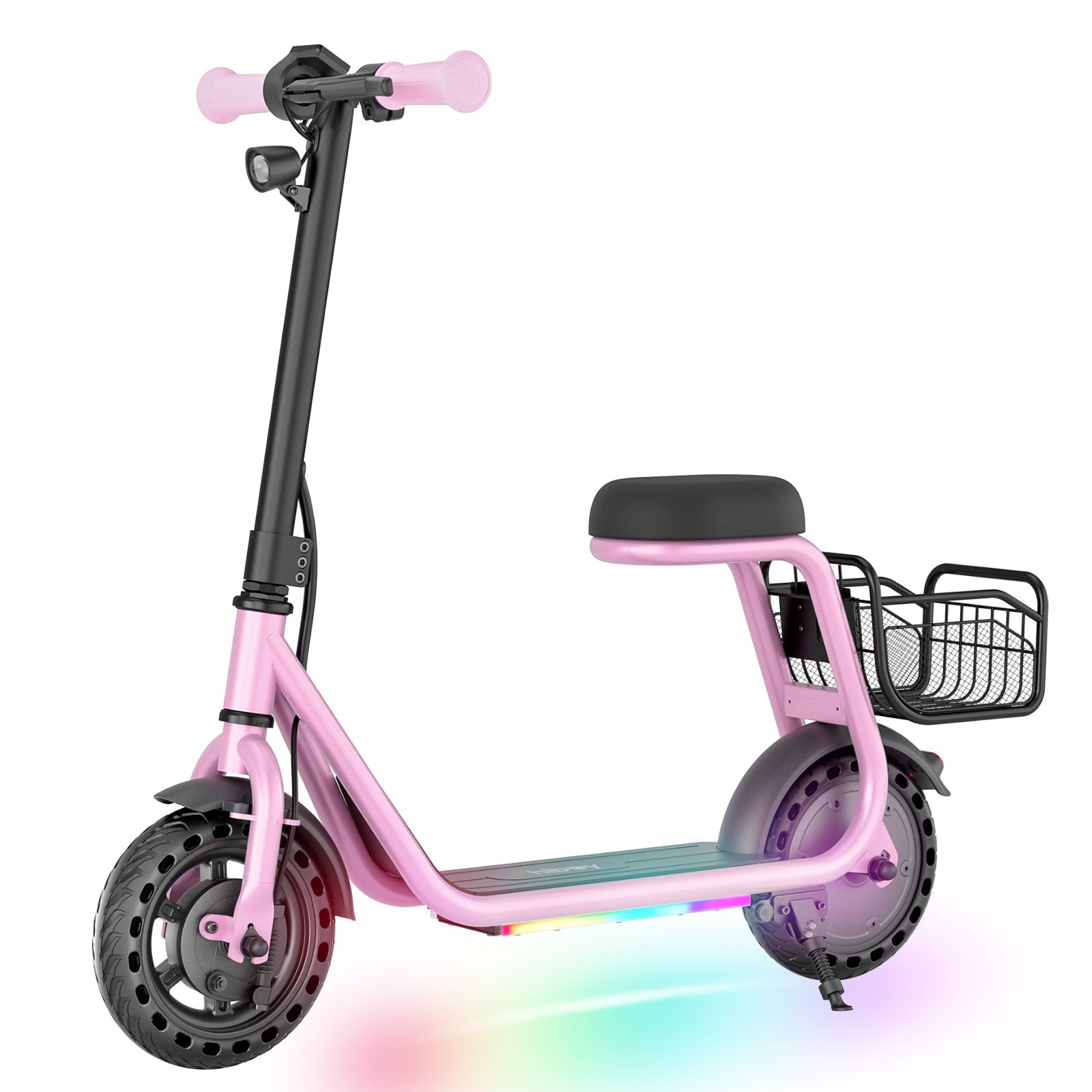 Q2 Lite-A
Q2 Lite-A
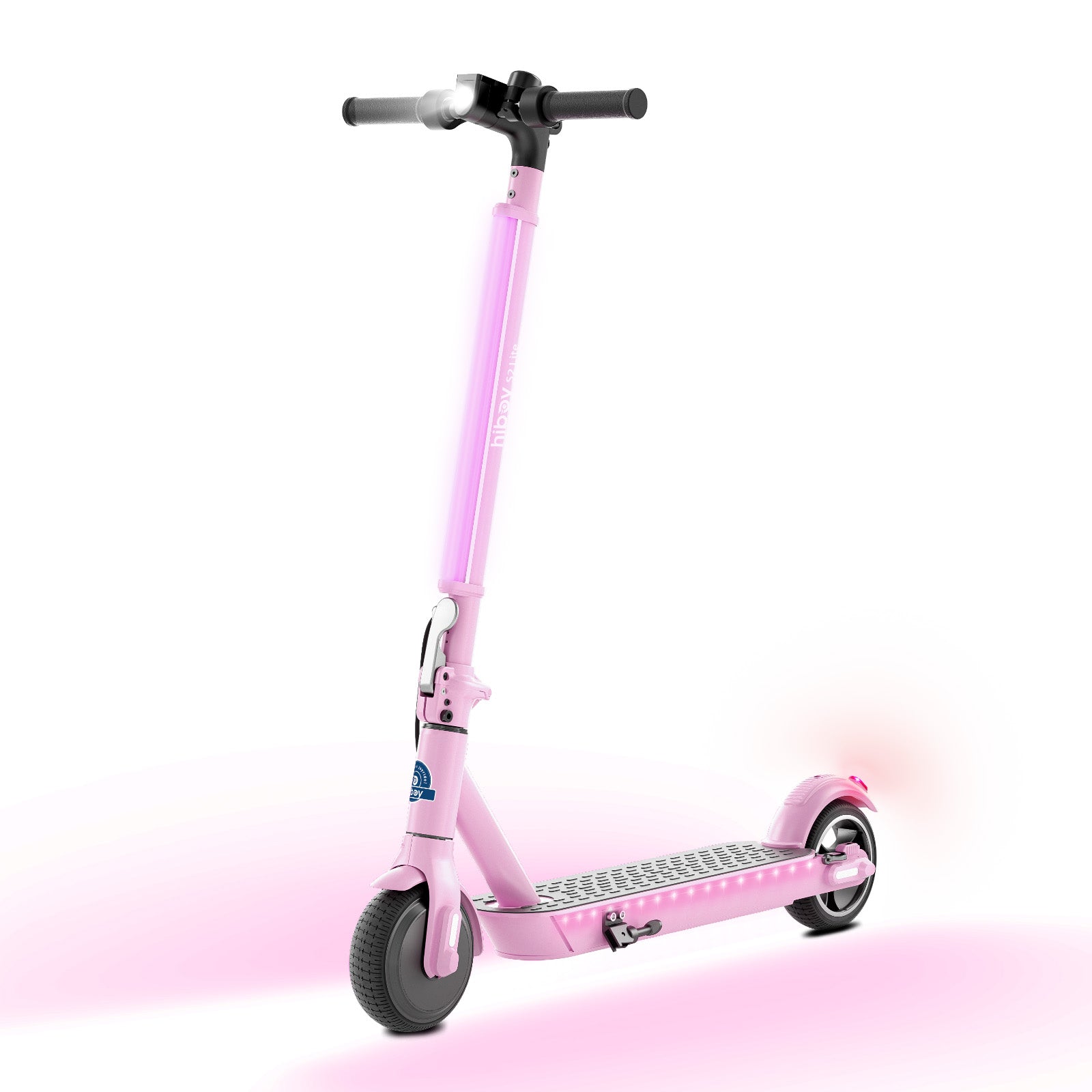 S2 Lite
S2 Lite
 ES-1
ES-1
 KS1
KS1
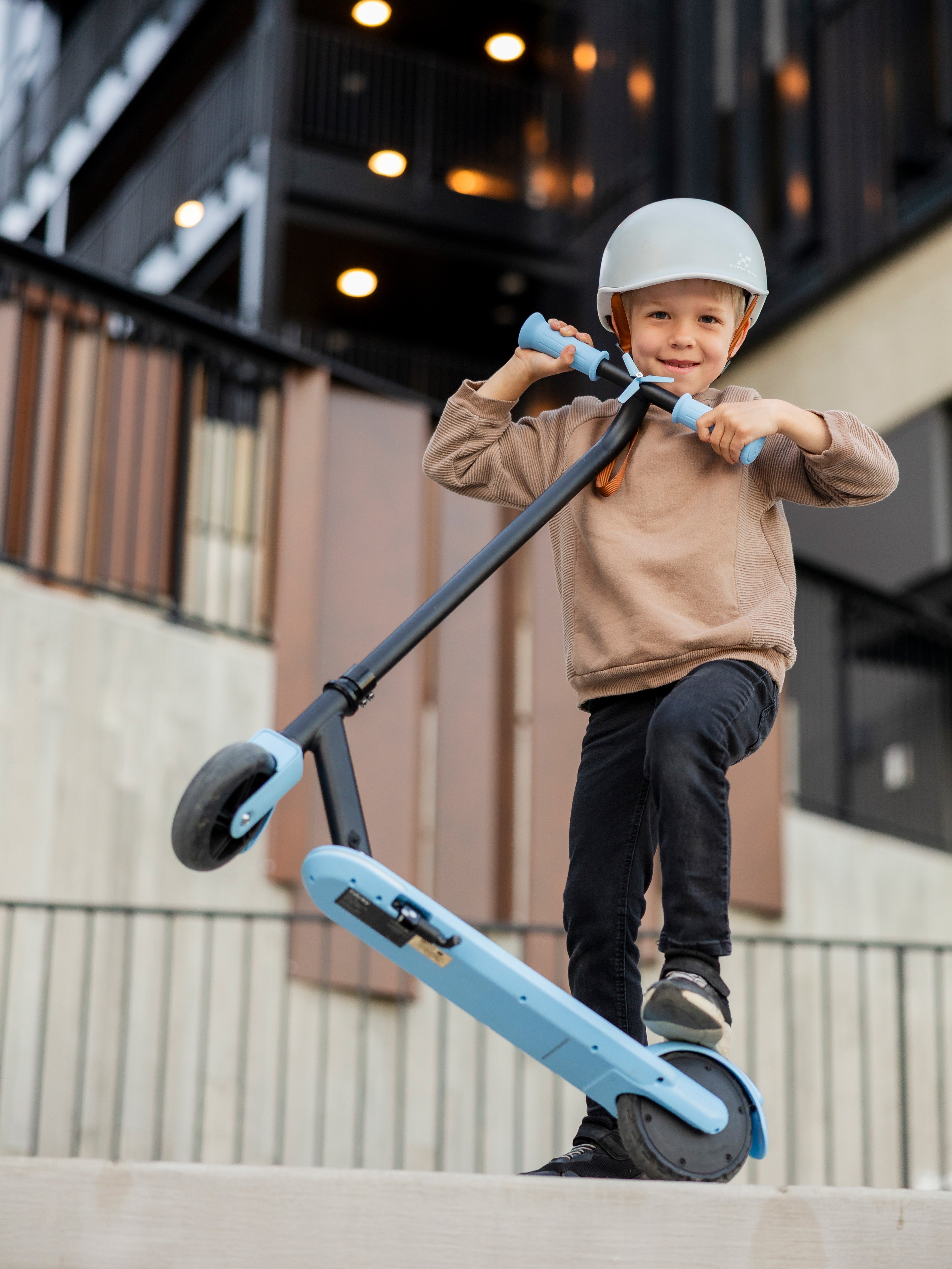
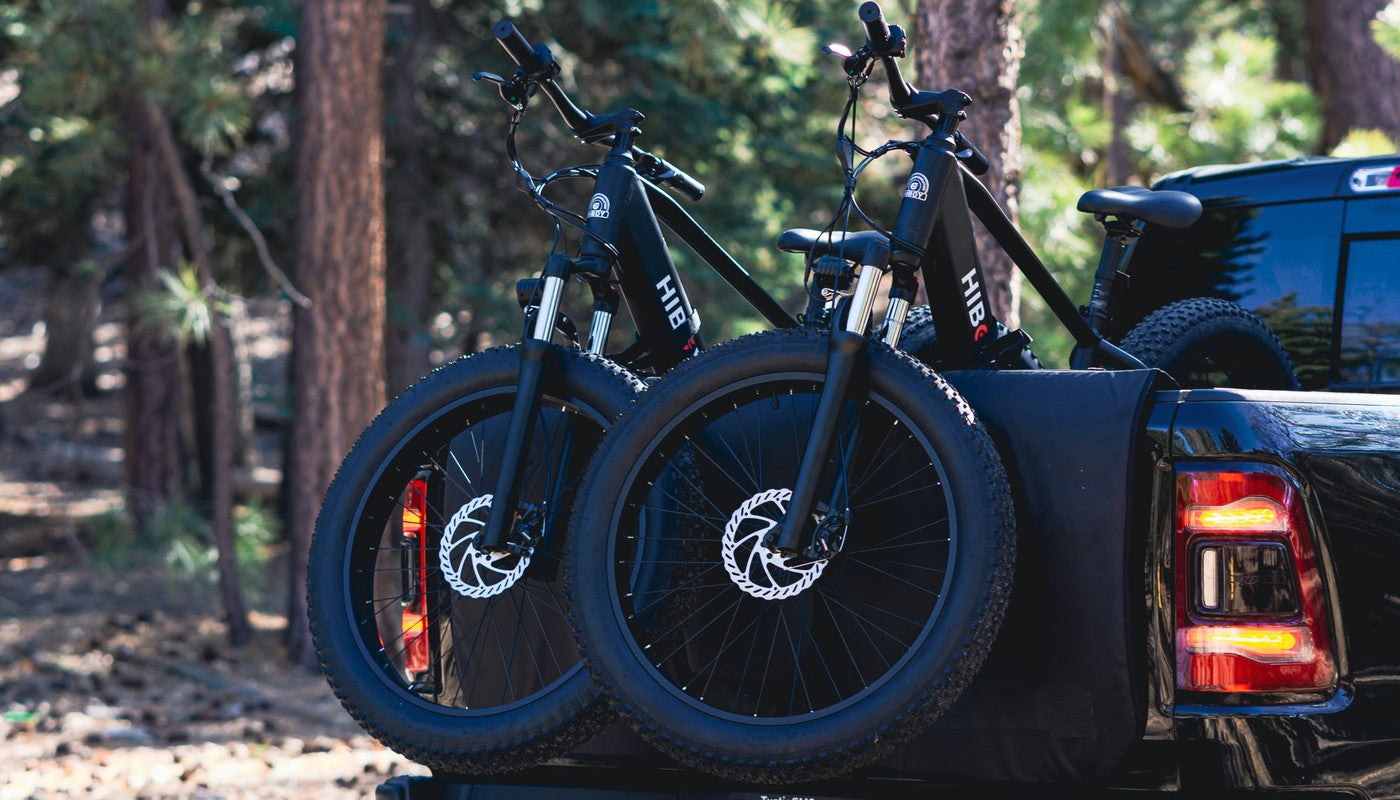
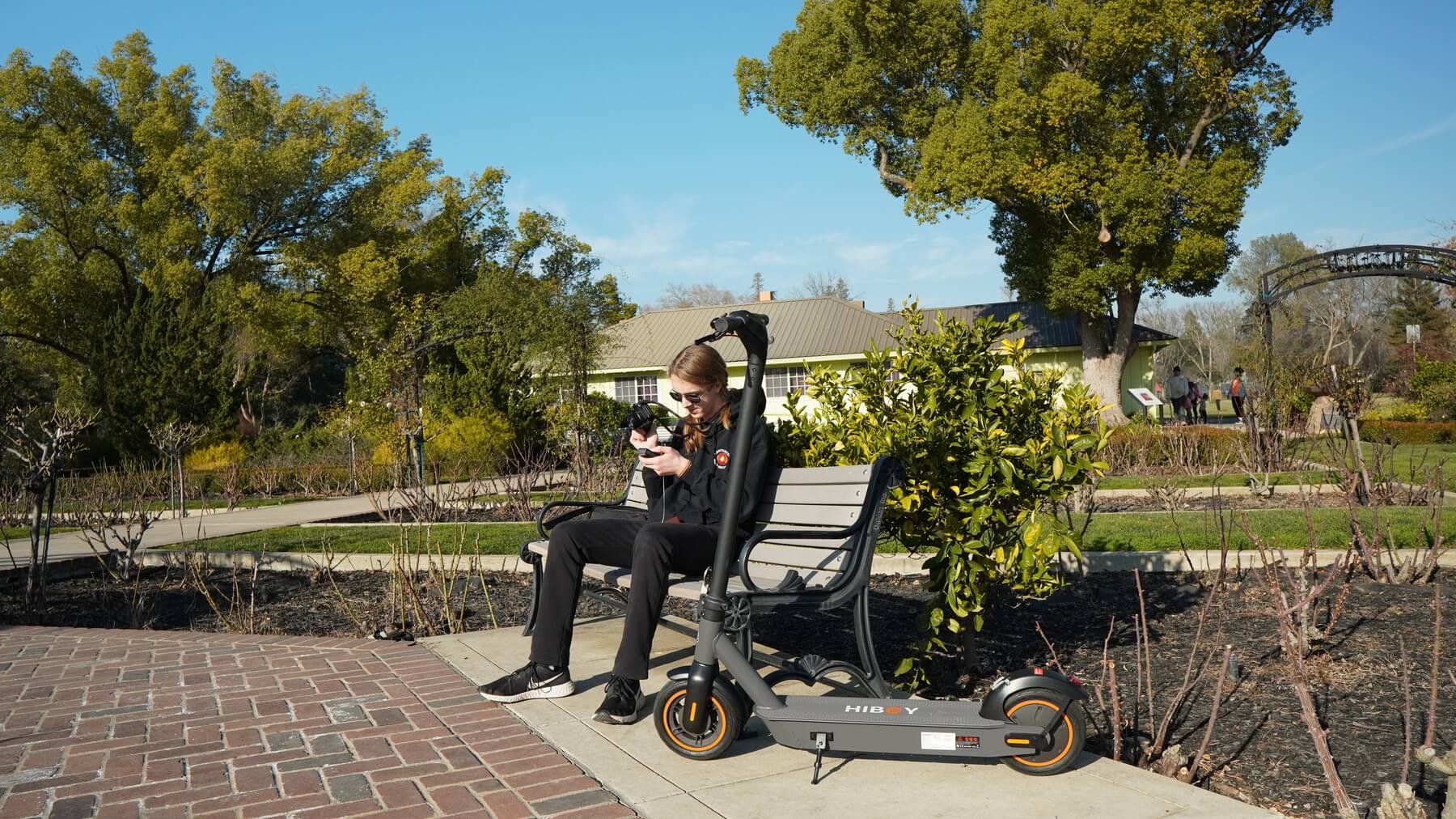






Leave a comment
All comments are moderated before being published.
This site is protected by hCaptcha and the hCaptcha Privacy Policy and Terms of Service apply.